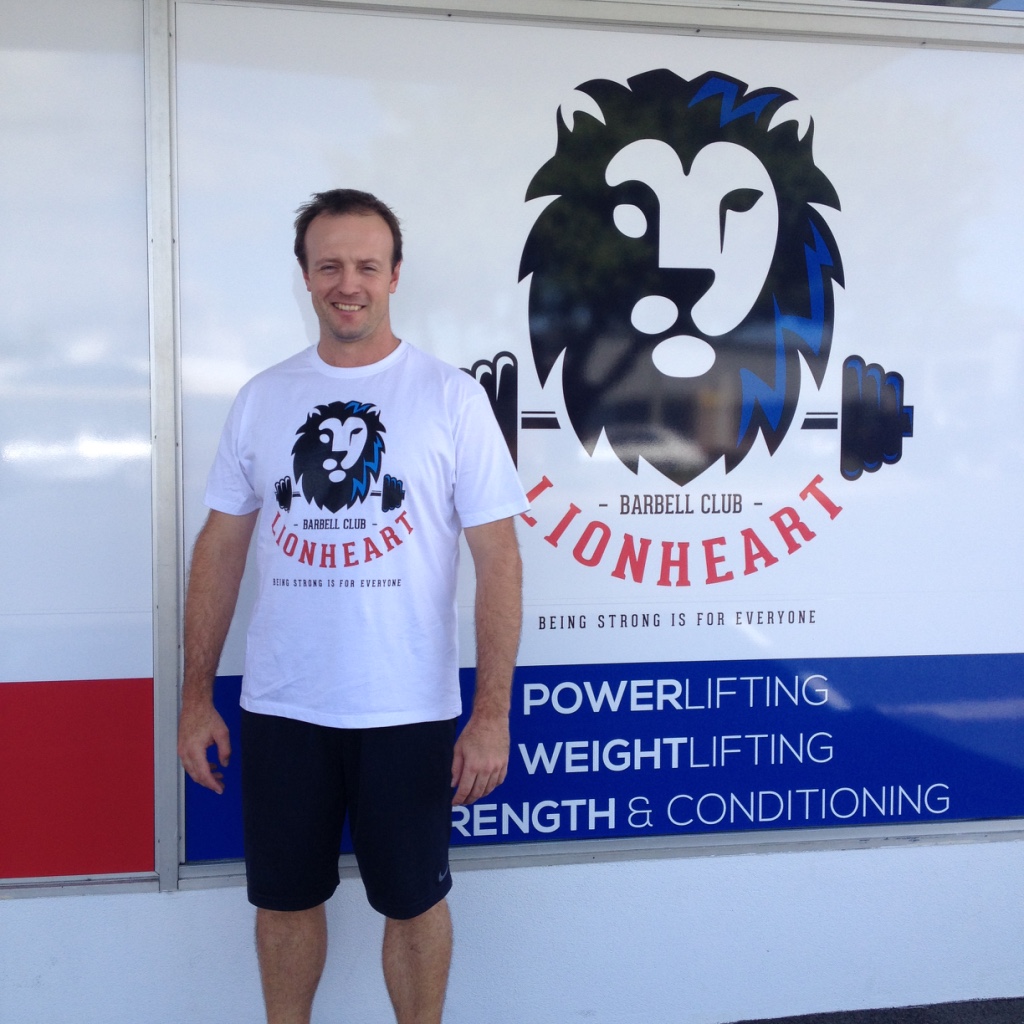In sport, injuries happen for a number of reasons. As both a Strength and Conditioning Coach and a Powerlifting Coach, I see injuries happen in all sorts of ways to people.
Powerlifting is one of the most structured sports you can find, making it very easy to control variables, meaning that it is easier to control what an athlete does in training and what they do in competition much more easily than a court or field sport, where there are other bodies, a ball, and other distractions.
Powerlifting is a great sport for people who are not “good” at team sports, or other field, court or ball sports. It does not necessarily require the high level coordination that a ball sport requires. It has no “contact”, therefore eliminating a stack of risk opportunities!
As a coach, I spend time with people who are going into their first powerlifting competition, where it should be an exercise of repeating efforts completed in training, plus a little extra as a personal best! The amount of data on strength training is endless, which makes it very easy to predict what someone can do based on the number of repetitions they have done before. My belief as a coach is that in the first 3-5 competitions you need to leave something on the platform to progress to for next competition.
These are my reasons that I consider Powerlifting such a safe sport:
1. Training and Competition Environment
In training, the volume, intensity and type of work can be controlled very specifically, to avoid injury through correct management of the volume and intensity of work done.
In competition, you can choose the intensity of the work to be done. Especially when you are a novice, this is important. If you are playing a sport such as Rugby, it is a little harder to choose the intensity of the game you are going to play, so if you are just starting and you are playing someone with years of experience, the intensity of the game is generally controlled by the better players, meaning that novice players have to just get to that level and hopefully not get hurt in the meantime. In Powerlifting, the intensity of the first, second and third competitions you complete can be controlled by you, the lifter or your coach, which should be with the intent to build great momentum as an athlete and see you successfully complete each competition repetition. This is the same with training.
2. Type of Physical work done
In Powerlifting, the training is generally completed in a controlled frame, meaning that it is much easier to prevent injury and over-training.
What I have learned is if you train at too high of an intensity and volume for too long, it is inevitable you will be injured or fall ill, or just lose interest in lifting if this continues too long. It is something as a coach, we need to look for, monitor and talk with our athletes about. Everyone is different and everyone has a different point.
Most training injuries come about from too much volume, not enough recovery time and especially trying to lift too heavy compared to your absolute maximum. This is something, I have noticed in particular the Russian Lifters do very well in training, to conserve their big efforts for competitions, not for training.
The type of work that needs to be considered in powerlifting are the competition specific lifts, and then the auxillary work that helps those competition lifts. As a coach, I plan each lifter depending on their proficiency at their competition lifting, versus the weaknesses and strengths that they present with.
3. Access to Information
The increase in participation in Powerlifting as a sport has been dramatic in the past few years. The knowledge that is now easily available online, and the number of really good Powerlifting coaches that are within easy reach of people in most places has grown significantly. I see this as only a good thing for the sport in total.
My big piece of advice, is to get yourself a coach, who is an accredited powerlifting coach, with experience coaching lifters to competitions or on the platform. I think that this is really important as the programming is probably some of the most important ways to make the sport safer. You also need to make sure that they talk to you about technique, and you are constantly reviewing your technique and making changes if it is going to help prevent injury especially.
Do you know someone who might want to do Powerlifting?
Everyone knows someone who does not do any exercise. Everyone knows someone who “does not like sport.” These are the people we need to invite into powerlifting. You could change someone’s life, just by giving them the self-confidence they need to succeed in life by helping them be strong.
If you want to keep active after finishing playing sport and you do not like or cannot run, then Powerlifting may be something you would really enjoy. Whether as a competitive endeavour, or something done socially, it is a great way to meet people and to set and achieve goals.
Click here if you are interested in finding out more about Powerlifting

